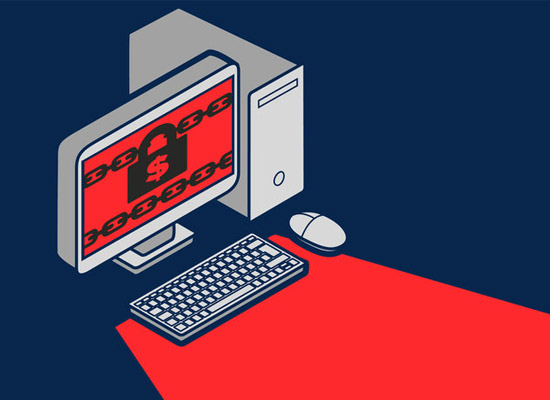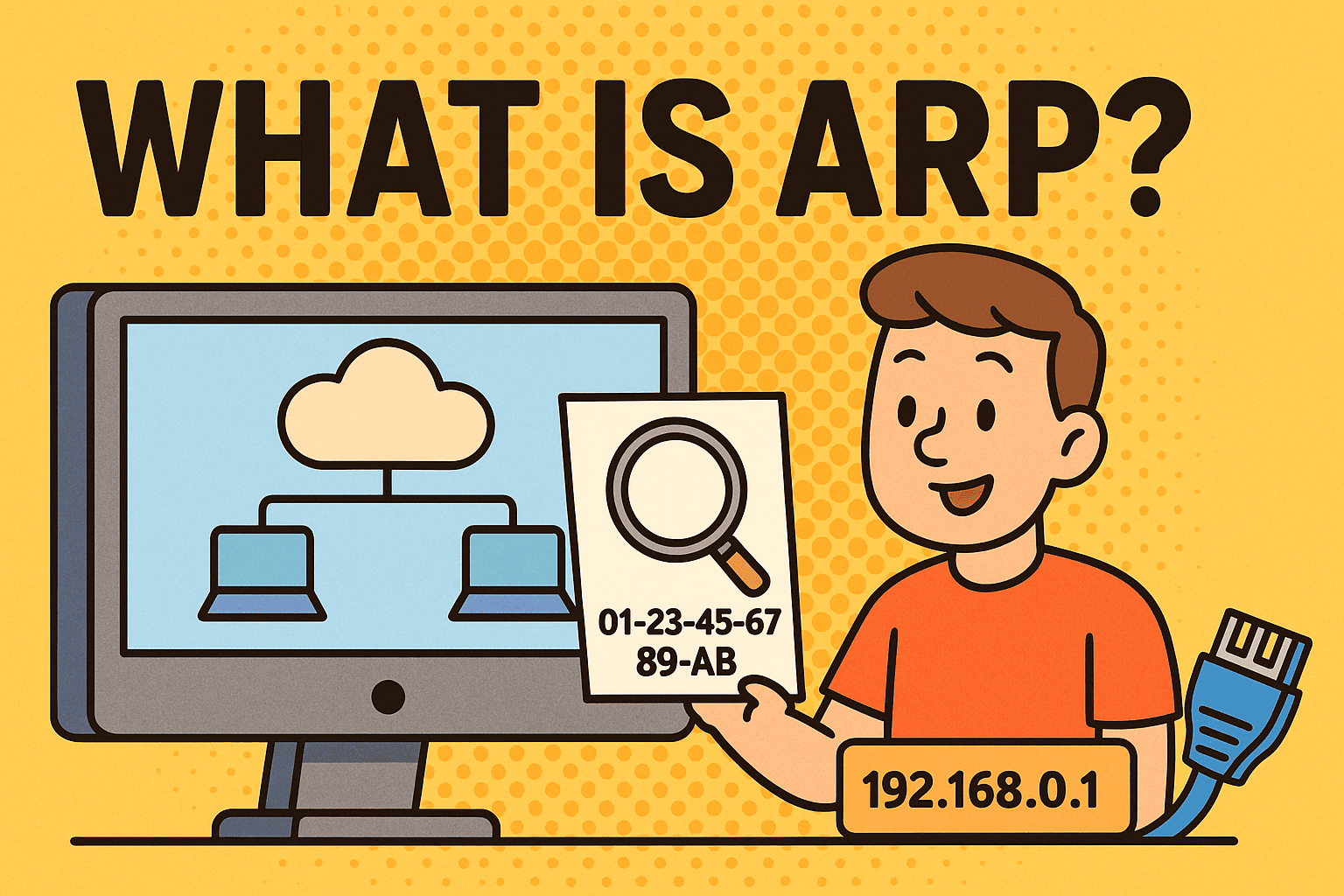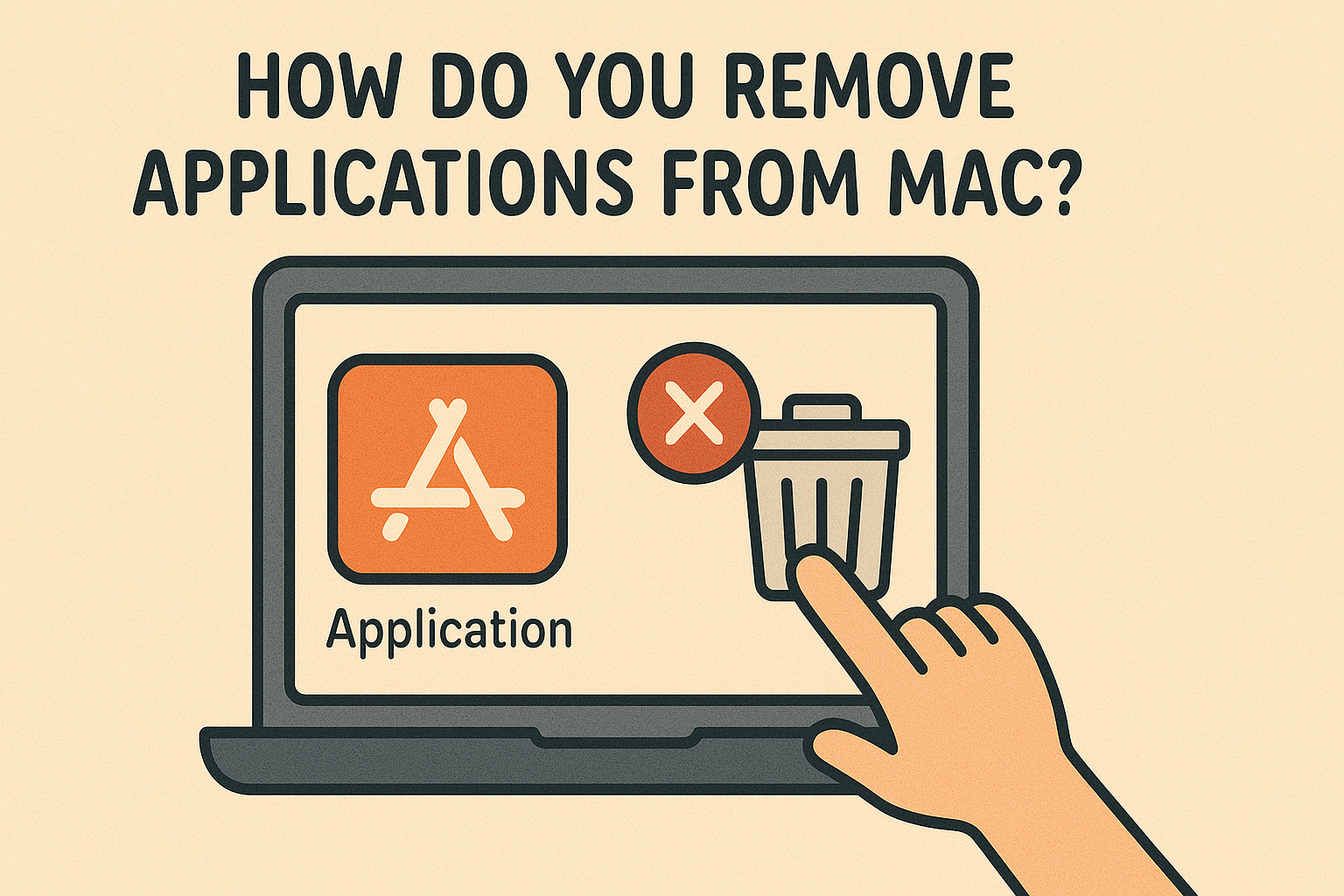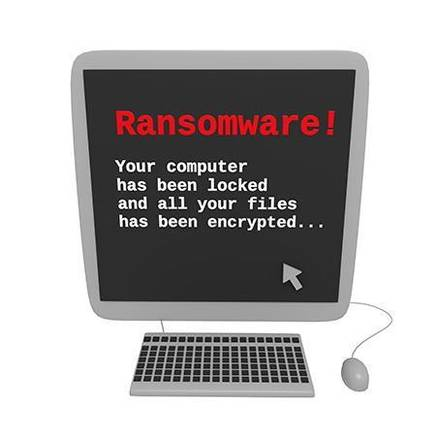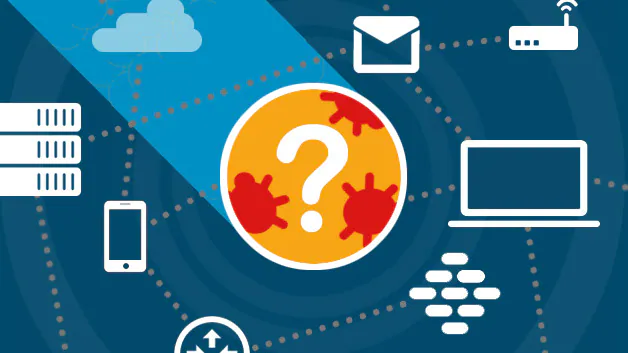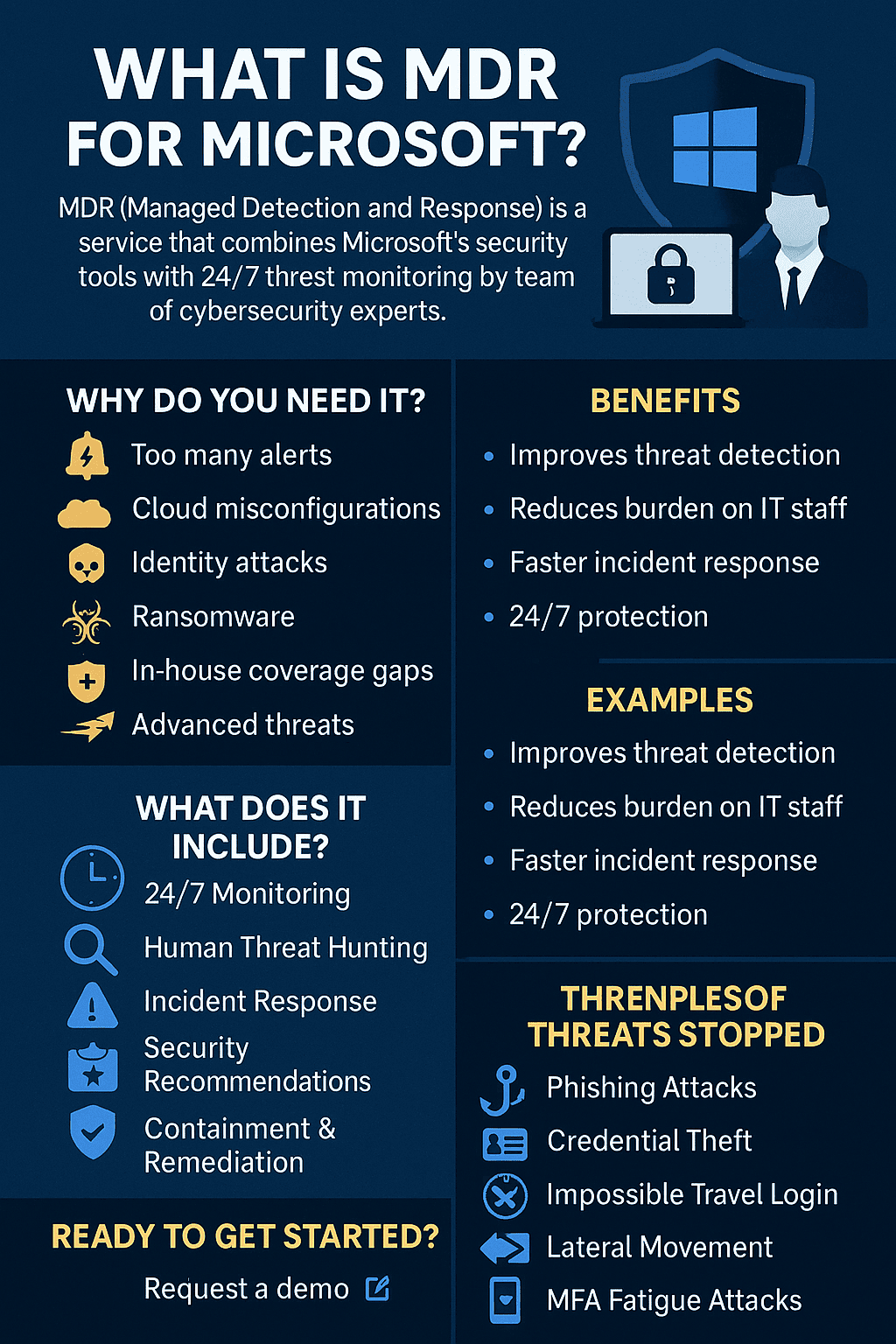What Does CCTV Stand For? A Complete Guide to Modern Surveillance
Updated on June 30, 2025, by Xcitium
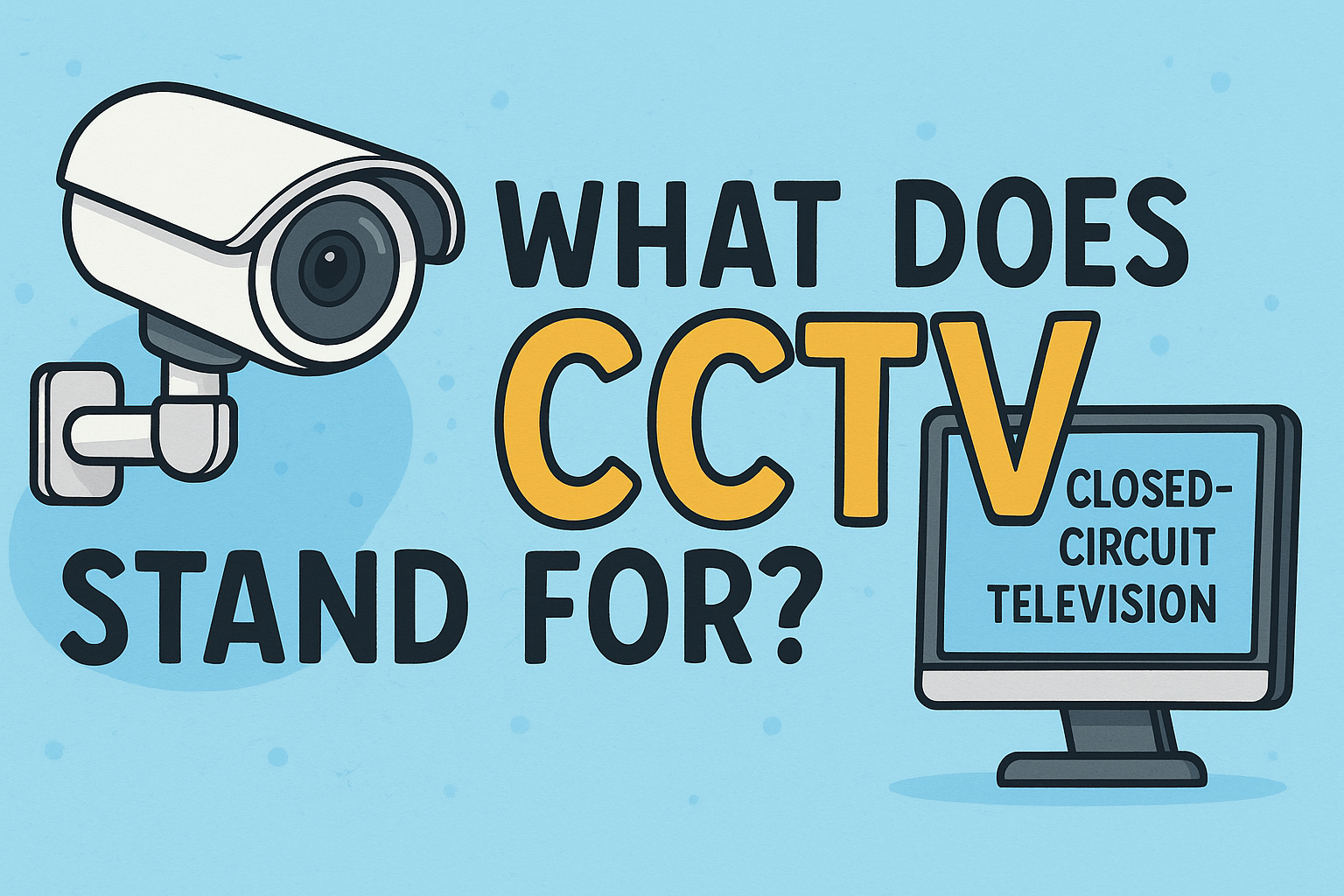
In a world where security breaches and theft are a growing concern, surveillance systems are no longer optional—they’re essential. But what does CCTV stand for, and why is it such a critical element of security strategy today?
CCTV stands for Closed-Circuit Television, a system that transmits video signals from cameras to specific monitors for surveillance and monitoring purposes. It’s a fundamental part of security frameworks used in cybersecurity, IT infrastructure, law enforcement, and business continuity planning.
Whether you’re exploring CCTV installation for your office or looking to strengthen your security posture, understanding the CCTV meaning and its strategic value is a smart move.
🧠 What Does CCTV Stand For?
CCTV = Closed-Circuit Television
The term “closed-circuit” refers to the fact that the broadcast is not publicly distributed but is limited (closed) to a set of monitors or systems. CCTV systems are used for:
- Surveillance in public and private properties
- Security monitoring in high-risk areas
- Crime prevention and evidence gathering
- Operational oversight in industrial or retail settings
Fun Fact: The first CCTV system was developed by Siemens in Germany in 1942 to observe rocket launches!
🧩 CCTV Meaning in Modern Context
CCTV is more than just cameras and monitors. It represents a network of:
- Cameras (analog, digital, or IP)
- Transmission systems (wired or wireless)
- Storage units (DVRs/NVRs)
- Monitors or viewing software
The integration of AI, facial recognition, and remote access has transformed CCTV from a passive monitoring tool to a proactive threat detection system.
🔍 Types of CCTV Systems You Should Know
Not all CCTV systems are created equal. Here are the main types categorized by technology and purpose:
A. Based on Camera Technology
- Analog CCTV
Traditional setup, cheaper but lower resolution. - IP CCTV (Internet Protocol)
High-definition digital video, remote access, and cloud integration. - HD-SDI / HD-CVI / HD-TVI
Offers HD quality with traditional coaxial cabling.
B. Based on Purpose or Use Case
| CCTV Type | Purpose |
| Dome Cameras | Indoor surveillance |
| Bullet Cameras | Outdoor long-range focus |
| PTZ Cameras | Pan, tilt, and zoom functionality |
| Thermal Cameras | Night vision and low-light scenarios |
| Wireless CCTV | Flexible installation for temporary or remote setups |
🛠️ CCTV Installation: What to Consider
Before jumping into installation, ask:
- 🔍 What areas need surveillance?
- 💻 Do you need remote access?
- 🧠 Will AI or facial recognition add value?
- 💾 How much storage do you need?
Best Practices:
- Place cameras at strategic entry and exit points.
- Ensure proper lighting or use night-vision models.
- Secure network access to prevent tampering or hacking.
✅ Advantages of CCTV for Cybersecurity and Physical Security
Implementing CCTV brings a wide range of benefits, especially when integrated with a broader security posture:
A. For Business and IT Environments
- Deter insider threats and social engineering
- Monitor secure zones like data centers
- Integrate with access control and alarm systems
- Comply with regulations like HIPAA or PCI-DSS
B. For Public and Commercial Spaces
- Prevent vandalism and theft
- Assist in real-time incident response
- Provide legally admissible evidence
📊 Chart: Popular Types of CCTV & Their Use Cases
| CCTV Type | Environment | Special Features |
| Dome Camera | Indoor | Wide-angle, vandal-proof |
| Bullet Camera | Outdoor | Long-range, waterproof |
| PTZ Camera | Retail, Stadiums | Motion tracking, zooming |
| Wireless Camera | Remote sites, rentals | Quick setup, portable |
| IP Camera | Enterprise, Industrial | HD video, analytics |
🔐 CCTV and Cybersecurity: Overlapping Domains
While CCTV is a physical security tool, it increasingly intersects with cybersecurity:
- IP cameras can be hacked if not secured properly.
- Use encrypted data transmission to prevent footage leaks.
- Combine with SIEM and Zero Trust architectures for enhanced threat management.
📦 Choosing the Right CCTV System
Before you invest, consider:
- Resolution (720p, 1080p, 4K)
- Field of View
- Storage options (DVR/NVR/cloud)
- Mobile access capabilities
- Budget vs. long-term ROI
🚀 Enhance Surveillance with Xcitium
From physical CCTV to virtual monitoring, you need a robust security ecosystem. Xcitium provides advanced cybersecurity solutions that integrate seamlessly with physical surveillance infrastructures for end-to-end protection.
👉 Ready to boost your defense strategy?
Request a Demo from Xcitium Now!
❓ FAQ: What Does CCTV Stand For?
1. What does CCTV stand for?
CCTV stands for Closed-Circuit Television, used for monitoring and surveillance in private and public settings.
2. Is CCTV the same as surveillance cameras?
Yes, CCTV is a type of surveillance system where video is transmitted to a specific set of monitors, not broadcast publicly.
3. What are the types of CCTV cameras?
Common types include Dome, Bullet, PTZ, Wireless, and IP cameras, each suited for different scenarios.
4. How does CCTV differ from IP cameras?
IP cameras transmit data over the internet and offer remote access and higher resolution, whereas traditional CCTV uses local cabling.
5. What are the main advantages of CCTV?
Crime prevention, real-time monitoring, legal evidence collection, and employee safety.




